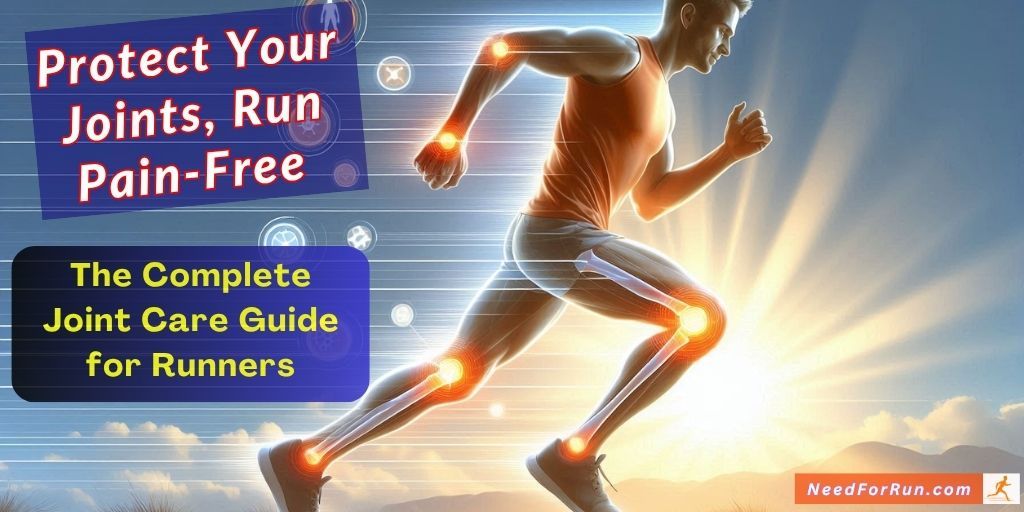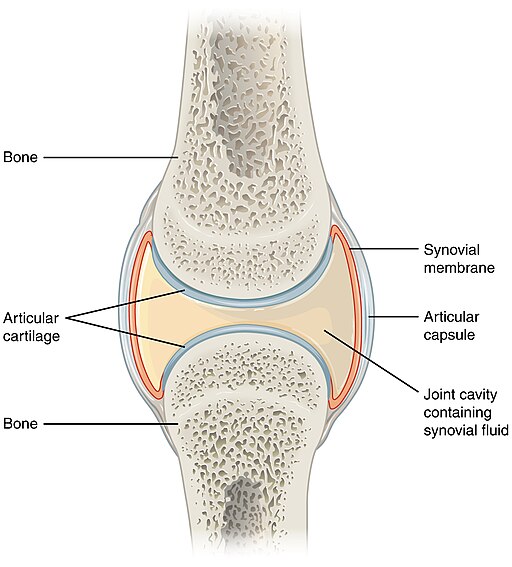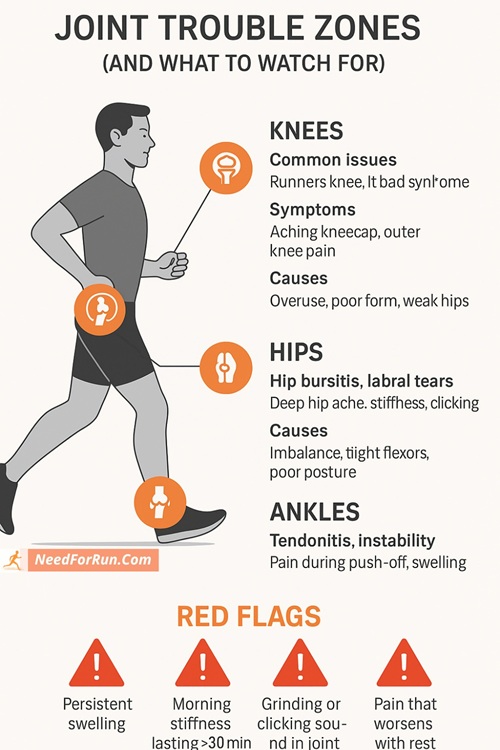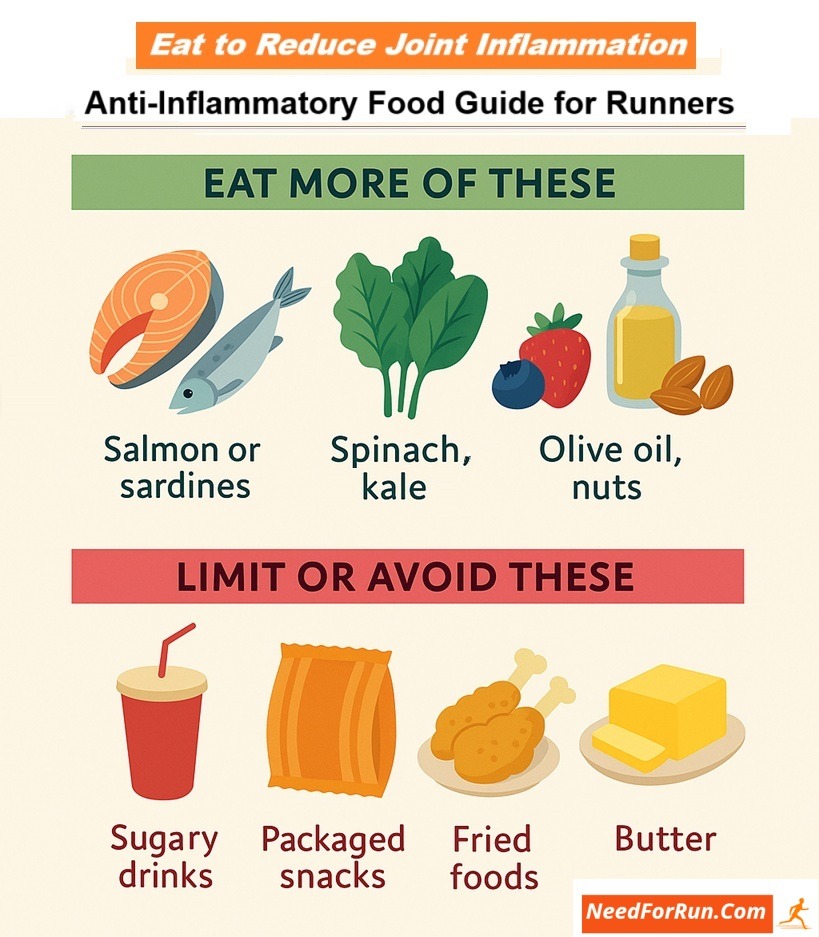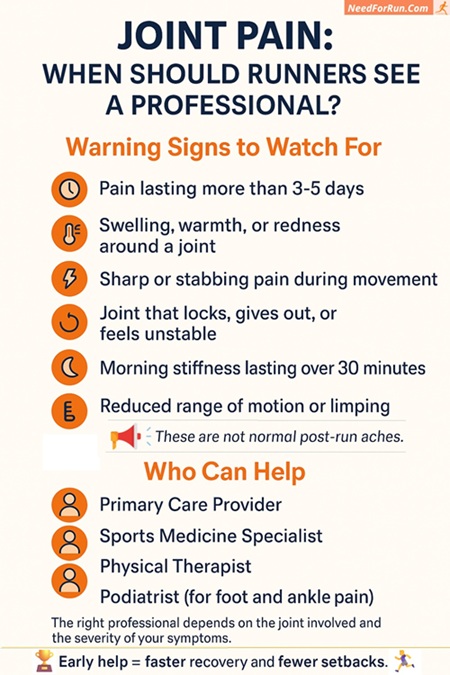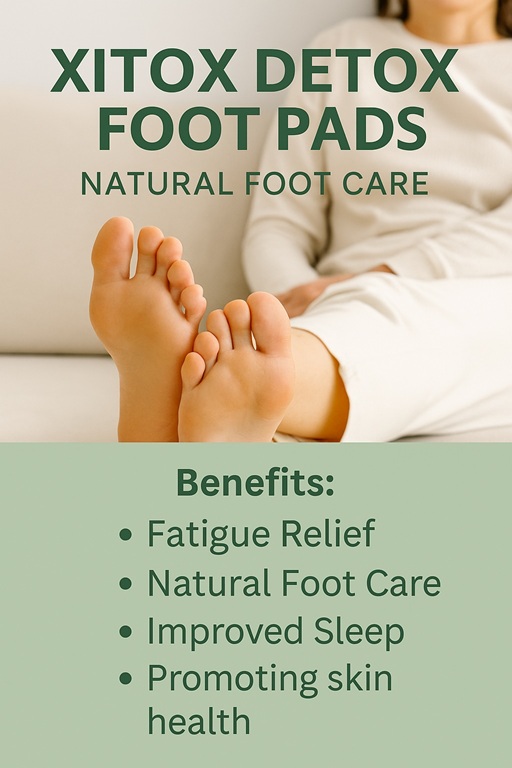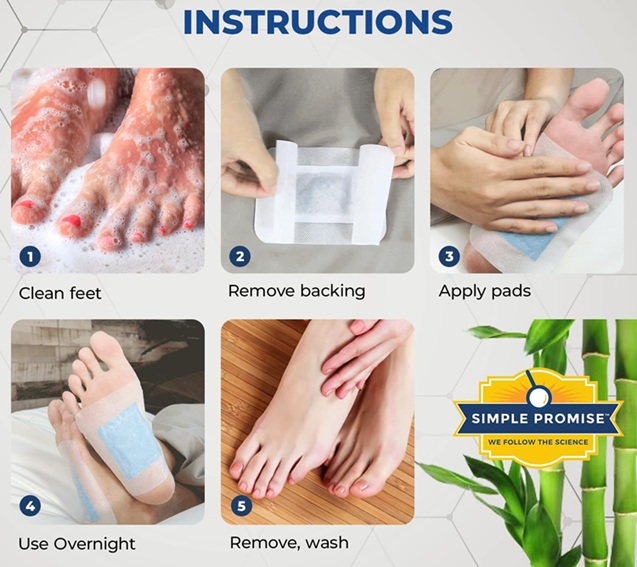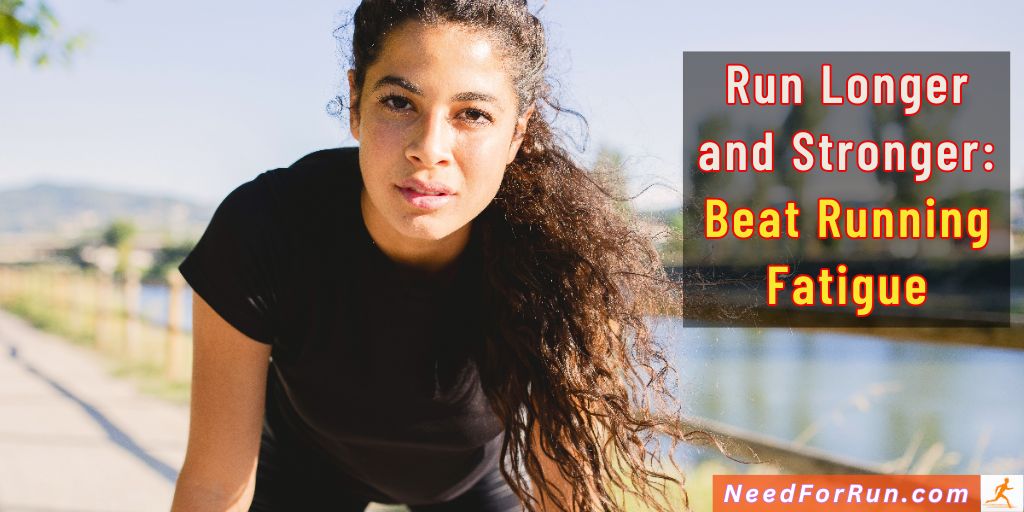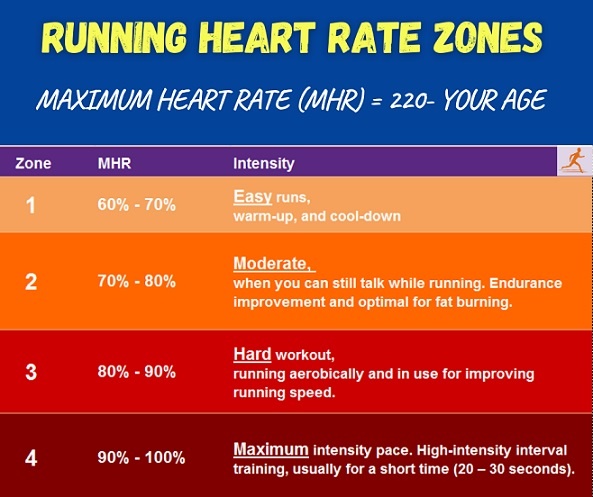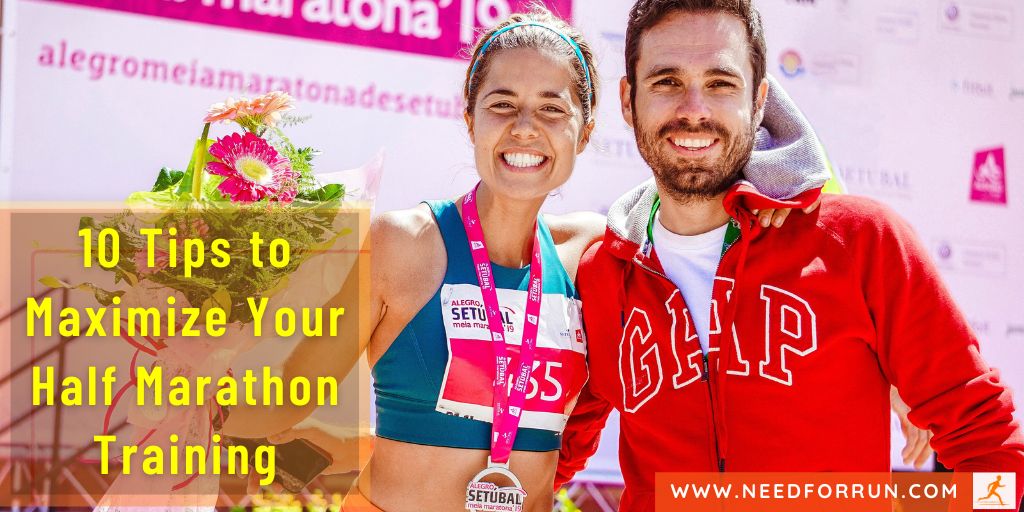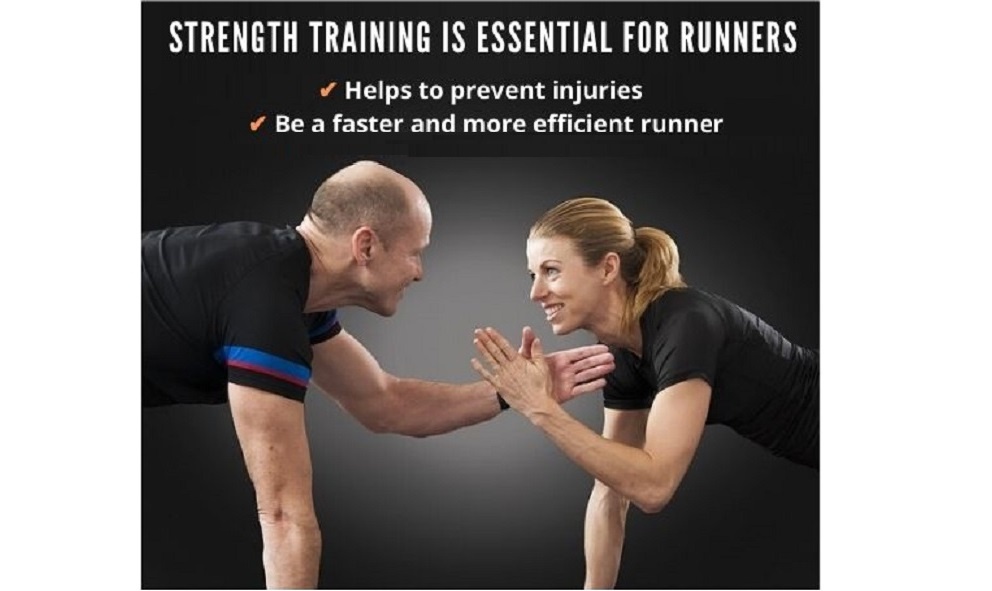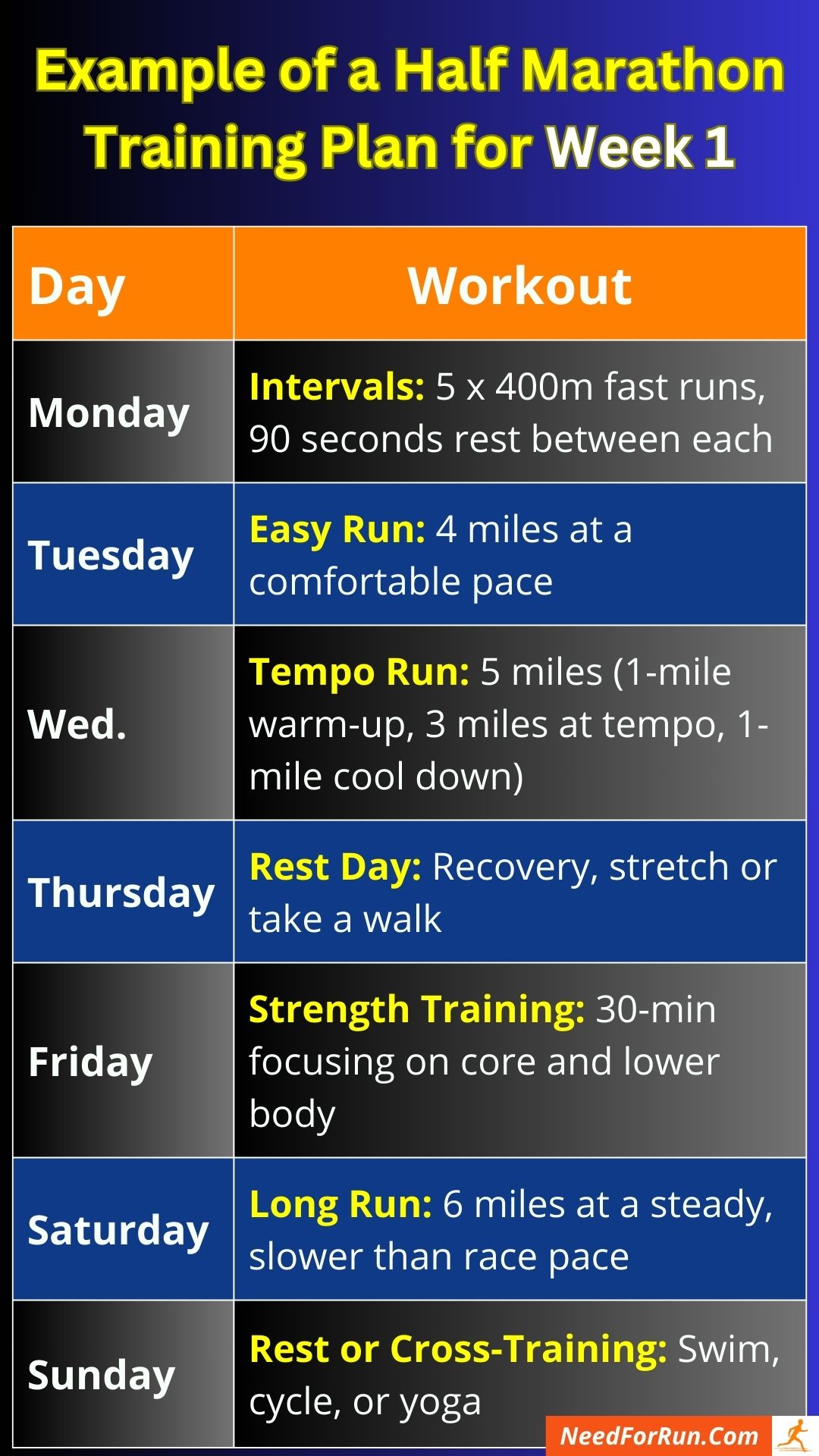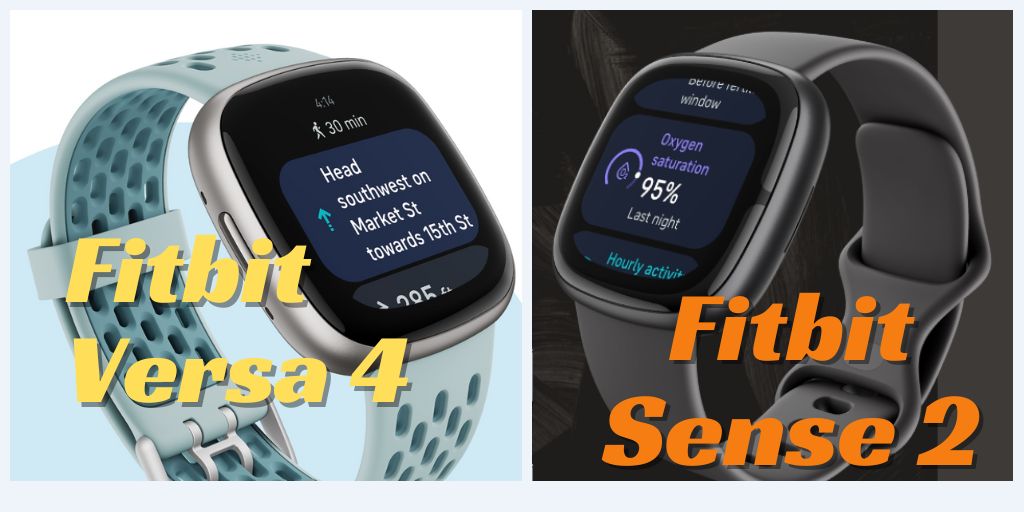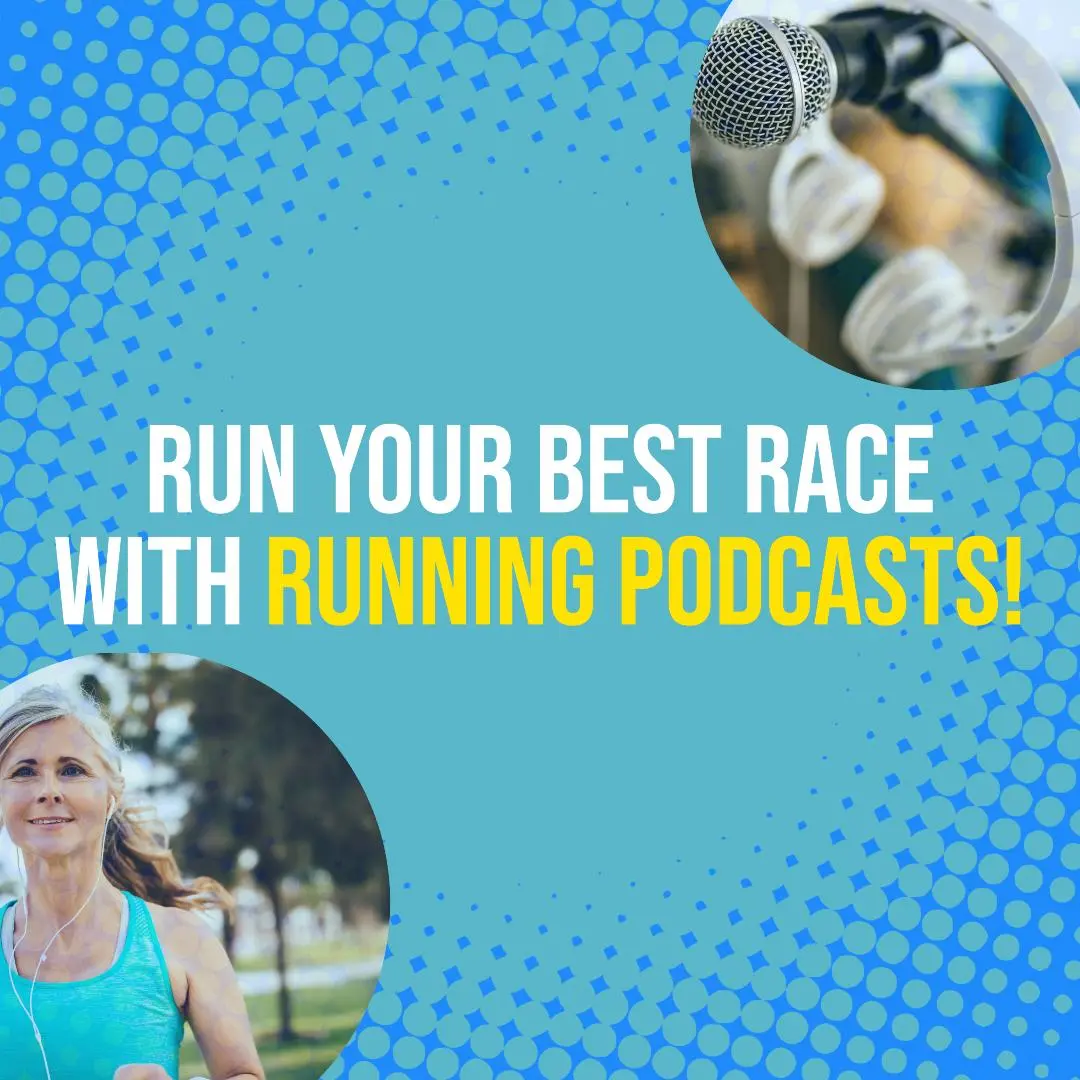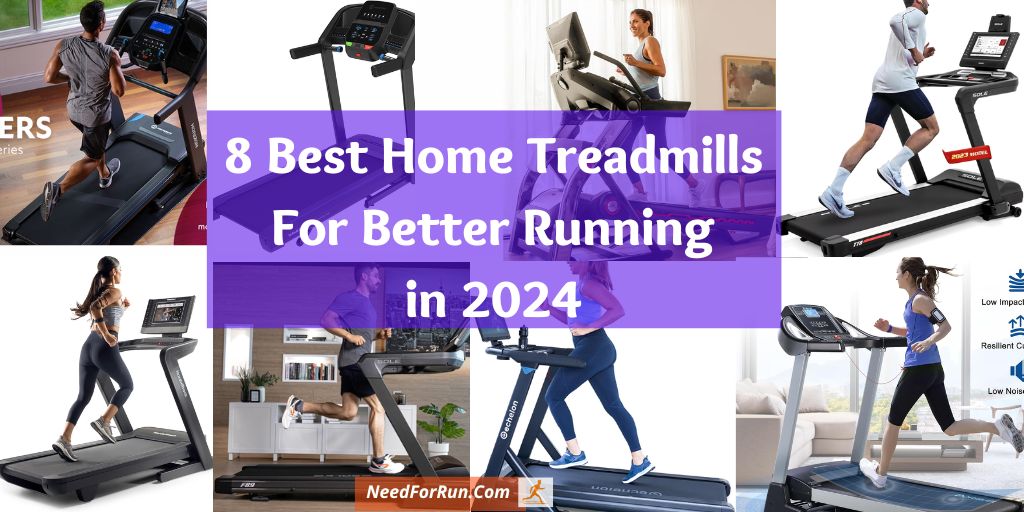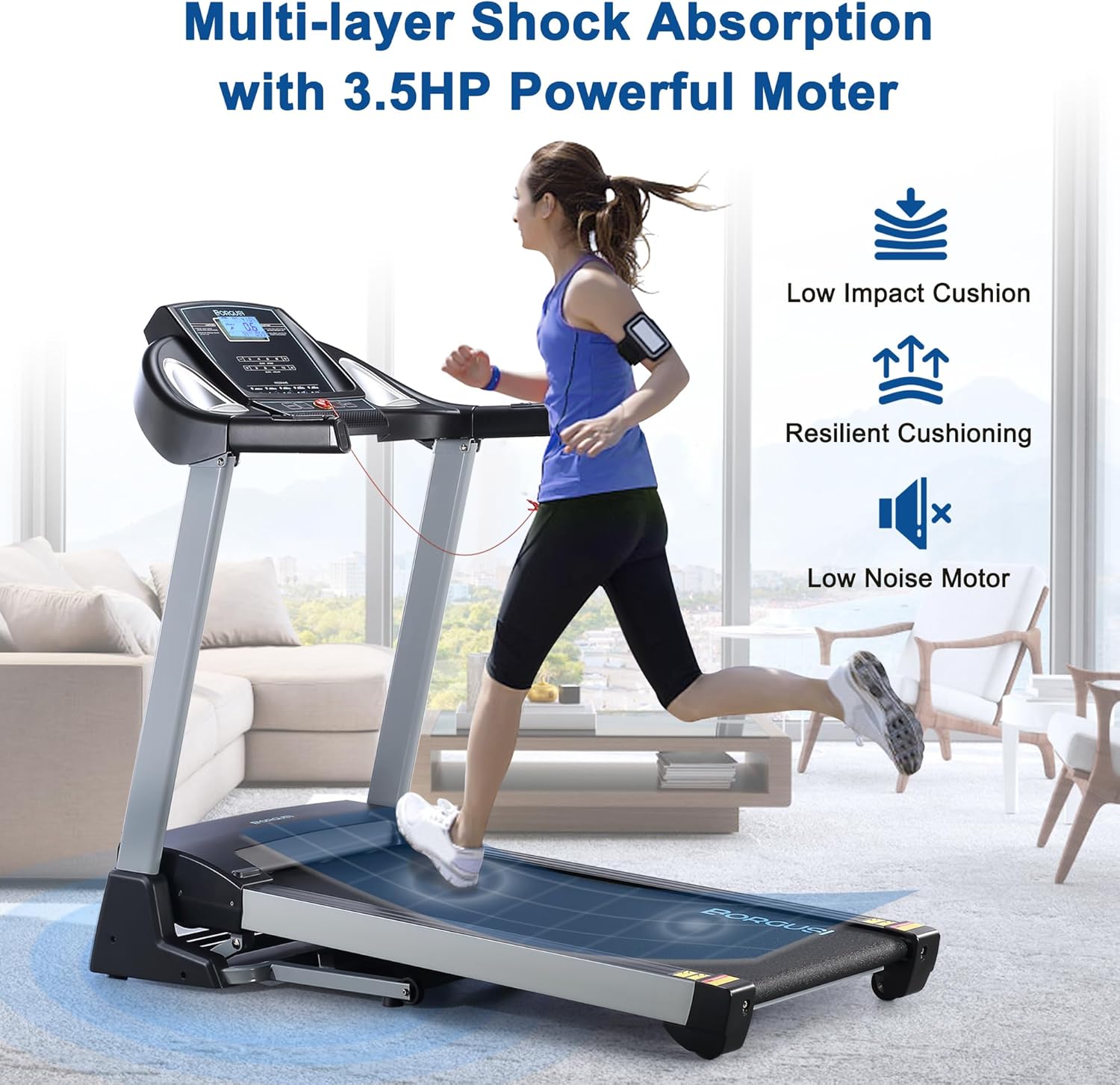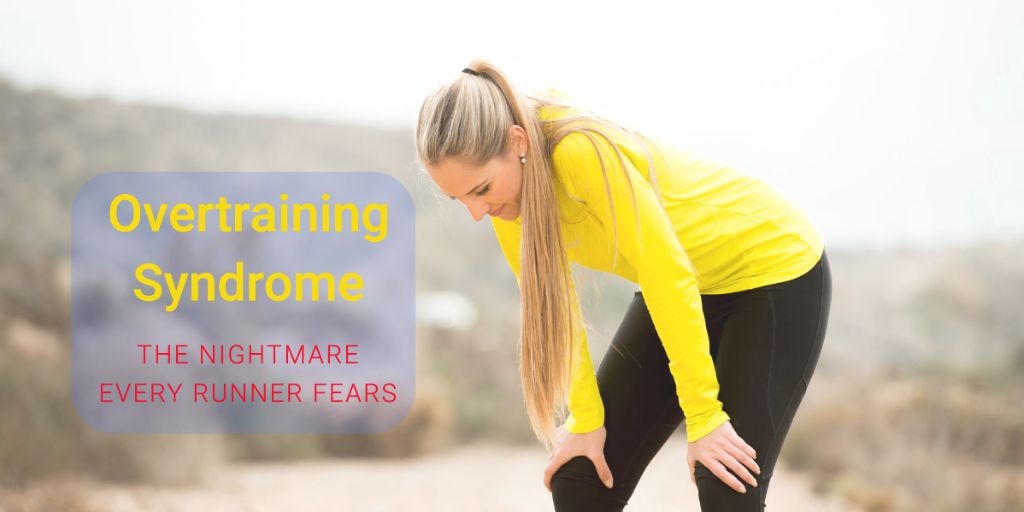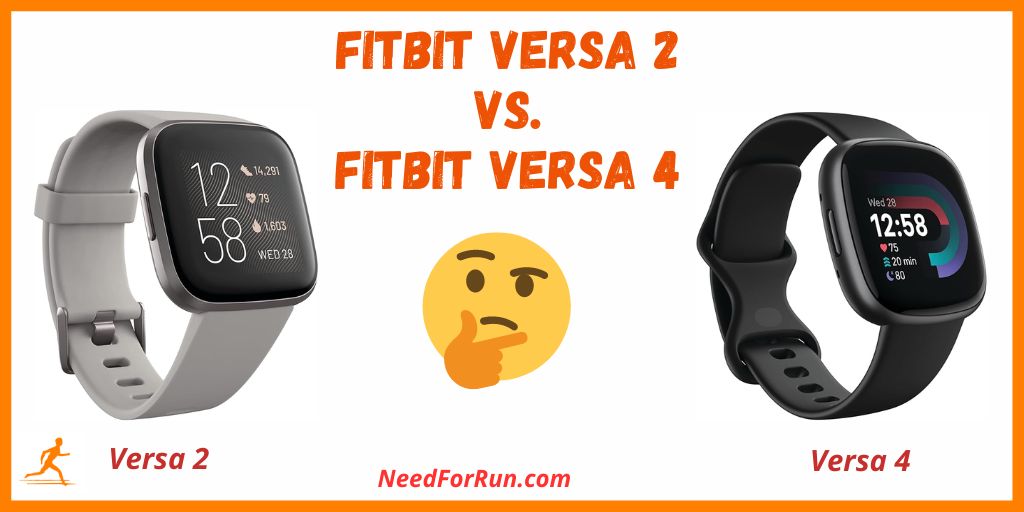
You’ve probably heard the phrase “listen to your body” more times than you can count. It shows up in training plans, running blogs, social media posts, and even casual chats with other runners.
But what does it really mean?
And how do you actually do it?
For many runners, this advice sounds simple but feels confusing.
Should you stop when something hurts, or keep going because it is just tired legs?
Your body is always sending signals through fatigue, soreness, breathing, and mood.
The key is learning to understand what those signals mean and how to respond so you can train smarter, stay healthy, and enjoy your runs.
In this article, we will break down what “listening to your body” truly means and show you simple, practical ways to apply it every time you lace up your shoes.
1. Why “Listening to Your Body” Is More Than Just a Feeling
When runners hear the phrase “listen to your body,” many think it simply means paying attention to pain or tiredness.
But in reality, it is much more than that.
Listening to your body is a skill that you can develop over time.
It involves learning to recognize and interpret the signals your body sends during and after runs, including your breathing, heart rate, muscle tension, sleep, and energy levels.
These signals tell you when your training is effective and when your body needs a break.
At first, it might be hard to tell the difference between normal training fatigue and warning signs of overtraining or injury.
That is completely normal.
As you gain experience and track how your body reacts to different workouts, you begin to understand your personal patterns.
For example, you may notice that a certain type of soreness fades within a day and signals good progress, while another kind lingers and warns you to rest.
Over time, these small observations help you make smarter choices about when to push, when to slow down, and when to recover.
📌 Listening to your body is not about guessing or going by emotion.
It is about connecting your physical sensations with real feedback so you can train more effectively and stay consistent without burnout or injury.
2. What Is Your Body Actually Trying to Tell You When You Run?
Your body constantly sends signals during training, some subtle and others loud. Learning to interpret these signals helps you understand what is normal and what needs attention.
- Fatigue: Feeling tired after a hard run is normal, but if you are still exhausted after rest or easy days, it may mean you are overtraining or not recovering properly.
- Muscle Soreness: + Mild soreness means your muscles are adapting. Sharp or lingering pain, however, could be a warning sign of strain or injury.
- Heart Rate Changes: A higher-than-usual resting heart rate or struggling to reach your usual pace can signal fatigue, stress, or dehydration.
- Breathing and Effort: If your breathing feels more labored than usual at an easy pace, your body might be fighting off illness or lacking recovery.
- Mood and Motivation: Irritability, poor sleep, or loss of motivation can be early signs that your body and mind need rest.
ℹ️ Listening to your body means noticing these patterns early. When you respond to what your body tells you by resting, fueling better, or adjusting your training, you can prevent small issues from turning into big setbacks.
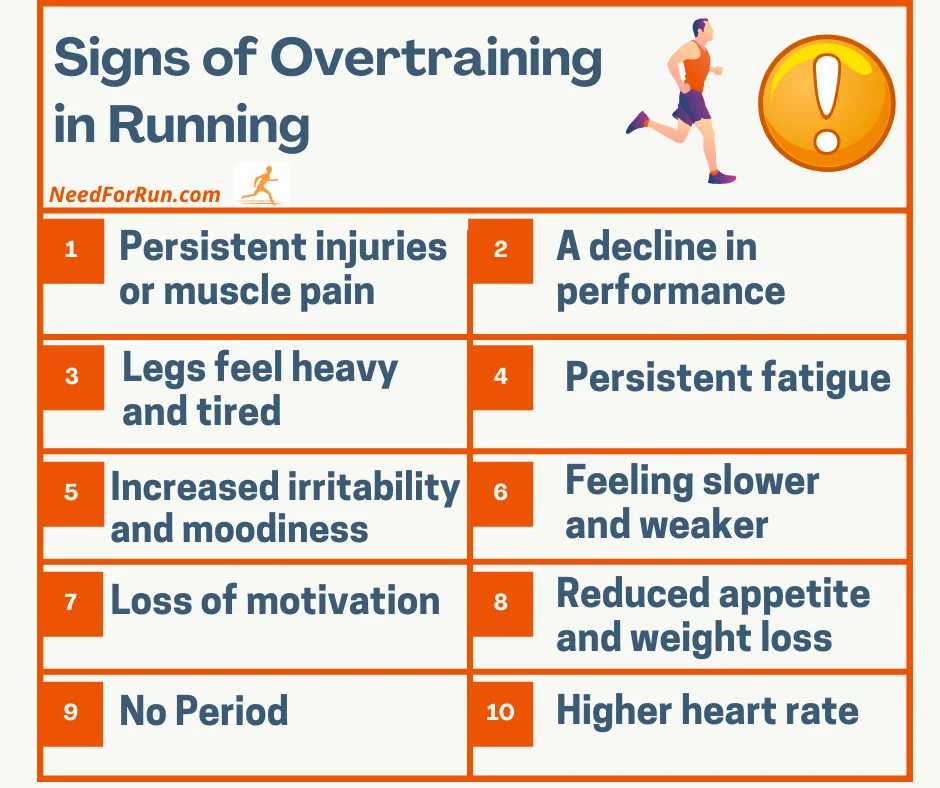
3. The Difference Between “Good” and “Bad” Pain
Not all pain is created equal. Some discomfort is part of healthy training, while other types of pain signal that something is wrong. Knowing the difference helps you stay consistent and injury-free.
✅ Good pain is the mild, dull ache or muscle tightness you might feel after a tough workout or long run. It usually fades within a day or two and comes from your muscles adapting and growing stronger. This type of soreness is called Delayed Onset Muscle Soreness (DOMS) and is a normal part of training.
❌ Bad pain, on the other hand, feels sharp, stabbing, or persistent. It often appears suddenly or worsens as you continue to run. This type of pain can point to an injury, inflammation, or poor running mechanics. Ignoring it and pushing through can lead to more serious problems.
📌 If you are unsure, use this simple rule: good pain eases with movement and rest, while bad pain gets worse or stays constant. Listening to this difference is one of the most important skills a runner can develop.
4. Simple Tools to Help You Tune In
Learning to listen to your body becomes easier when you use simple tools that help you track how you feel and perform over time. These tools do not need to be complicated or expensive.
1. Keep a running journal.
Write down how each run feels, noting your energy level, mood, and any aches or tightness. Patterns often reveal when you are training too hard or not recovering enough.
2. Use a heart rate monitor.
Heart rate is a reliable way to spot fatigue or overtraining. If your resting heart rate is higher than usual or your effort feels harder than normal, your body might be asking for rest.
3. Check your sleep and energy.
Poor sleep, irritability, or constant fatigue are clear signs that your body needs a break. Quality rest is when your body repairs itself and gets stronger.
4. Practice mindful running.
Every once in a while, run without music or distractions. Focus on your breathing, stride, and how your muscles feel. This simple practice helps you reconnect with your body’s signals.
These small habits make it easier to notice changes before they turn into problems. With time, tuning in to your body becomes second nature and keeps your running enjoyable and sustainable.
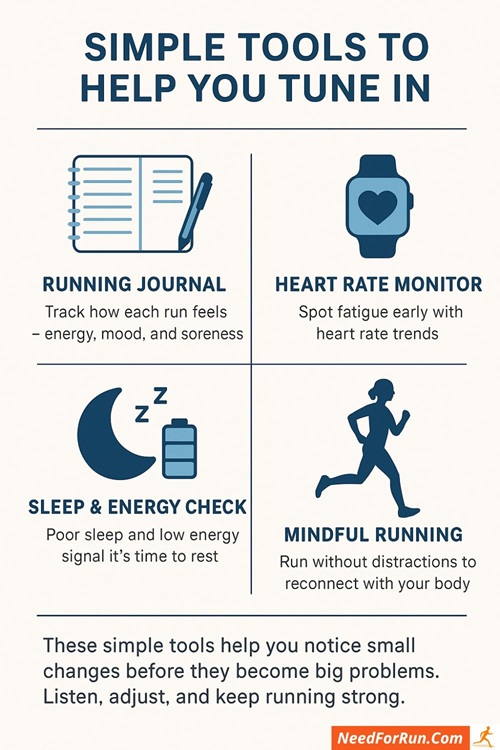
5. When to Push, When to Slow Down, and When to Stop
Knowing how to respond to your body’s signals is the key to running smarter, not just harder. Here’s how to take action based on what you feel during training:
✅ Push when it’s a controlled effort and you recover normally.
Feeling a little tired or sore after a challenging run is okay, especially if you still have energy the next day. For example, if your legs feel worked but steady and your breathing is manageable, you can keep going. This is how you safely build endurance and strength.
⚠️ Slow down or modify when you’re unusually tired, sore, or stiff.
If your pace feels harder than it should or your legs feel like bricks, take it easier. For instance, if you planned speed intervals but feel worn out, switch to an easy jog or walk instead. Adjusting early can save you from burnout.
⛔ Stop and rest when pain or symptoms are clear warning signs.
Sharp or worsening pain is never a “push through it” moment. If your knee starts hurting with every step, or you feel lightheaded or dizzy, stop immediately. Rest, recover, and reassess before running again.
These small decisions add up over time. By learning when to push, when to pull back, and when to stop, you’ll train more effectively and reduce the risk of injury. The most successful runners, from beginners to professionals, all share one thing in common: they know how to listen to their bodies.
Good vs. Bad Pain for Runners: How to Tell the Difference
💡 Pro Insight: The Norwegian Approach to Smart Training
Even the world’s best endurance athletes understand that success isn’t about training harder all the time, but about training smarter. The famous Norwegian Method emphasizes controlled intensity and plenty of recovery between sessions.
This approach helped Norway’s Casper Stornes, Gustav Iden, and Kristian Blummenfelt achieve a historic podium sweep at the 2025 IRONMAN World Championship. Their strategy reflects the same principle everyday runners can follow: listen to your body, balance effort with recovery, and train consistently rather than constantly pushing harder.
6. How to Get Better at Listening Over Time
Learning to listen to your body is not something that happens overnight. It’s a skill that develops with consistency, patience, and reflection.
The more you pay attention to how different runs feel, the more you’ll start to recognize patterns. Maybe your legs feel heavy after back-to-back speed sessions, or perhaps you notice that poor sleep makes your heart rate spike on easy runs.
Keep a short note after each workout, jotting down how your body felt and how you recovered. Over time, you’ll begin to understand what “normal tired” feels like versus “I need rest.” This awareness helps you train smarter and avoid setbacks.
📝 Quick Self-Check: 3 Questions to Ask Before Every Run
Like running itself, learning to listen to your body takes practice. The more aware you become of your body’s signals, the easier it gets to make smart training choices before problems appear.
Start with awareness.
Before you lace up, ask yourself these three quick questions:
- How does my body feel today? (Notice any stiffness, soreness, or unusual fatigue.)
- How’s my energy level and mood? (Low motivation or feeling heavy may signal you need rest.)
- Am I recovering well from my last run? (If pain or soreness lingers, consider an easier pace or rest day.)
Track your patterns.
Use a running app, smartwatch, or a simple notebook to record how you felt, how you slept, and your recovery experience. Over time, you’ll notice trends, like how stress, sleep, or nutrition affects your performance.
Practice patience.
It’s normal to miss signs at first. Every runner occasionally pushes too hard or ignores the signs of fatigue. What matters is learning from it. With consistency, you’ll begin to recognize what your “normal” feels like and notice sooner when something’s off.
Balance effort with recovery.
The more you respect recovery days and good sleep, the more clearly your body’s signals will show up. Fatigue blurs those signals, while rest makes them easier to read.
💡 Listening to your body is not a one-time skill. It’s a habit that grows stronger with every run, helping you stay healthy, confident, and in tune with yourself.

7. Common Mistakes Runners Make When ‘Listening’
Even with the best intentions, many runners misinterpret what their bodies are saying. Understanding these common mistakes can help you avoid confusion and stay on track.
1. Confusing fatigue with laziness.
Sometimes runners feel tired and worry they’re just being unmotivated. But real fatigue often means your body needs rest, not more effort. Ignoring that message can lead to burnout or injury.
2. Pushing through pain.
There’s a big difference between healthy discomfort and actual pain. Many runners convince themselves that pain is part of progress, but sharp or worsening pain is a signal to stop, not push harder.
3. Overreacting to normal soreness.
Mild stiffness or next-day soreness after a tough run is normal and temporary. It doesn’t mean you’re injured. Learning to tell the difference between “worked muscles” and real pain takes time, but it’s key to steady improvement.
4. Ignoring mental and emotional cues.
Listening to your body also means paying attention to your mood, motivation, and stress. A tired mind can be just as important a signal as tired legs.
5. Forgetting the big picture.
One “bad run” doesn’t mean you’re losing fitness. Your body responds differently every day based on sleep, nutrition, and stress. What matters most is how you feel over time, not in a single session.
ℹ️ Avoiding these mistakes will help you develop a more accurate sense of when to rest, when to push, and when to simply enjoy the run.
8. When It’s Time to Seek Professional Help
Even the most mindful runners sometimes face issues they can’t solve on their own. Listening to your body also means knowing when it’s time to ask for expert advice.
Persistent or worsening pain.
If pain lasts more than a few days, gets worse during runs, or interferes with daily movement, it’s best to consult a healthcare professional. A physical therapist, sports medicine doctor, or podiatrist can identify the cause and guide proper treatment.
Recurring injuries.
If you are experiencing recurrent injuries like shin splints, knee pain, or tight calves, there may be an underlying issue with your running form, footwear, or training load. A running coach or physiotherapist can assist in correcting it.
Unexplained fatigue or performance drops.
Feeling unusually exhausted, sluggish, or unable to recover even with rest can point to deeper issues like overtraining, nutritional deficiencies, or hormonal imbalance. In this case, talking to a doctor or sports nutritionist can help you get back on track safely.
Mental or emotional strain.
If running starts feeling overwhelming, or you lose motivation for weeks, it may be time to check in with a mental health professional or sports psychologist. Mental well-being is just as vital to performance as physical health.
👉 Getting professional help is not a setback. It’s a smart step that shows you care about your long-term health and your love for running.
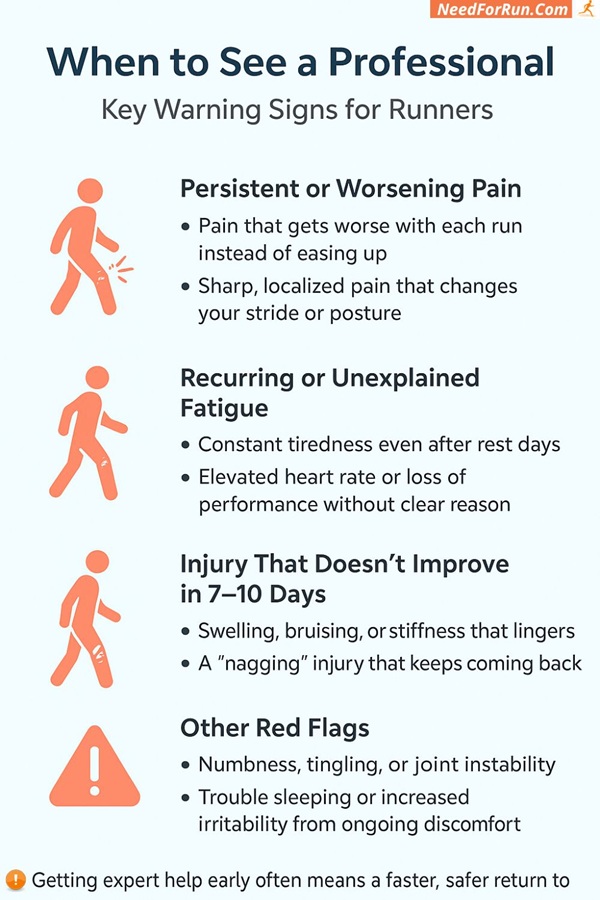
9. Conclusion: Running Smarter, Not Just Harder
Listening to your body is more than just a nice idea. It is one of the most powerful tools any runner can develop. It helps you train consistently, avoid injuries, and truly enjoy the miles you run.
By paying attention to how your body feels, you learn when to push forward, when to slow down, and when to take a break. You start to notice patterns, understand what your body needs, and build trust in your own instincts.
📌 Remember, running smarter means respecting your limits and celebrating your progress, even on the easy days. The goal is not just to run more but to run well and to keep running for years to come.

